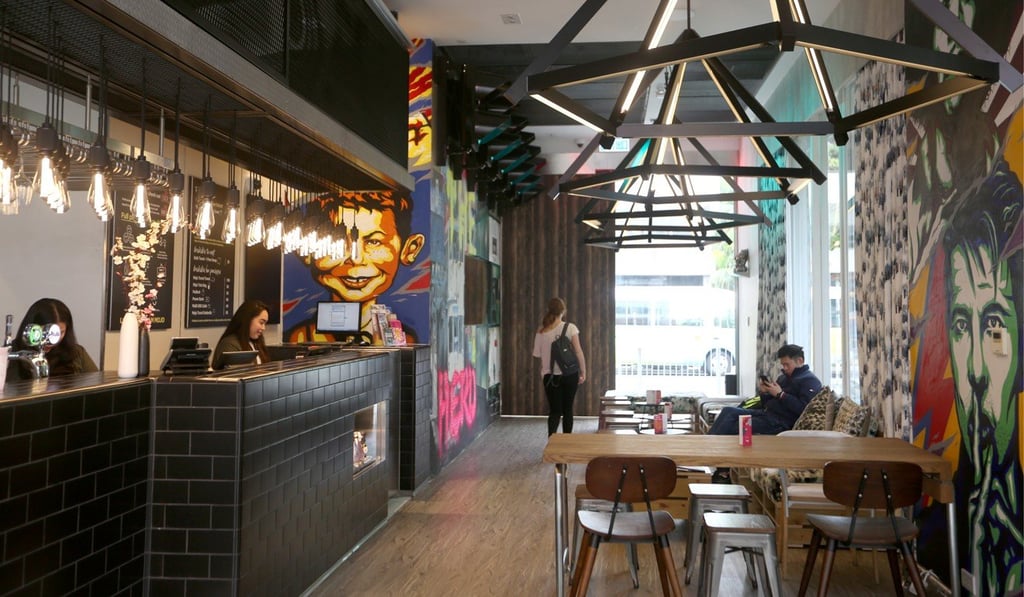Co-living meets Asia’s needs but with the coronavirus outbreak, can it succeed in these economically challenging times?
- Asia’s urbanising, tech-savvy population, high proportion of youth living with their parents and lack of affordable housing make it an attractive market for co-living providers
- But the business model is untested in a challenging economic environment, particularly now as the region grapples with the coronavirus outbreak

Among the forces transforming the global property industry, the sharing economy – in which individuals and companies buy or sell temporary access to goods and services via an online platform – has been one of the most disruptive.
In the office market, a younger workforce, the battle for talent, the rapid spread of mobile technology and the strong emphasis millennials place on flexibility and office design have turned co-working into a major driver of leasing activity and an attractive asset class for many investors.
In the residential market, co-living – a modern form of housing in which residents share living space and have common interests and values – has become increasingly popular, driven mainly by urbanisation, the lack of affordable housing and technological innovation.

While the co-living concept is more established in America and Europe, the potential for it to take root in Asia is greater, given that nearly two-thirds of the region’s millennials still live with their parents, compared with less than half globally, data from CBRE shows.

